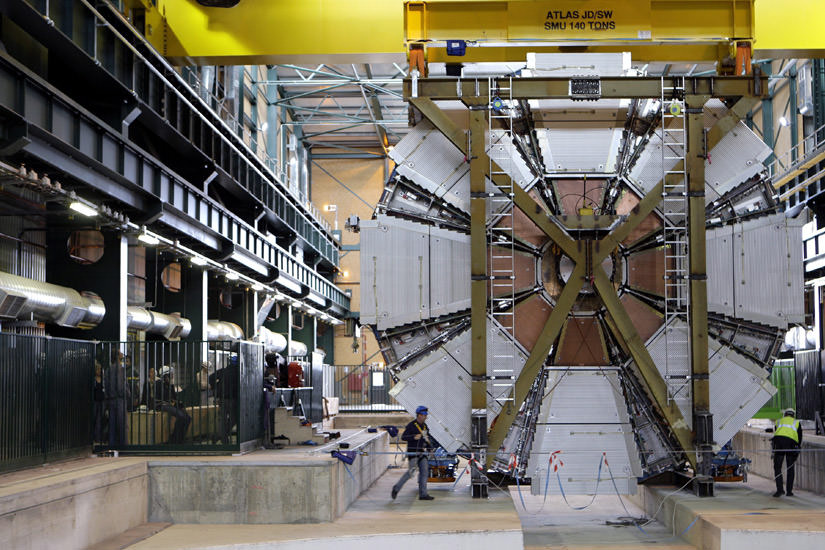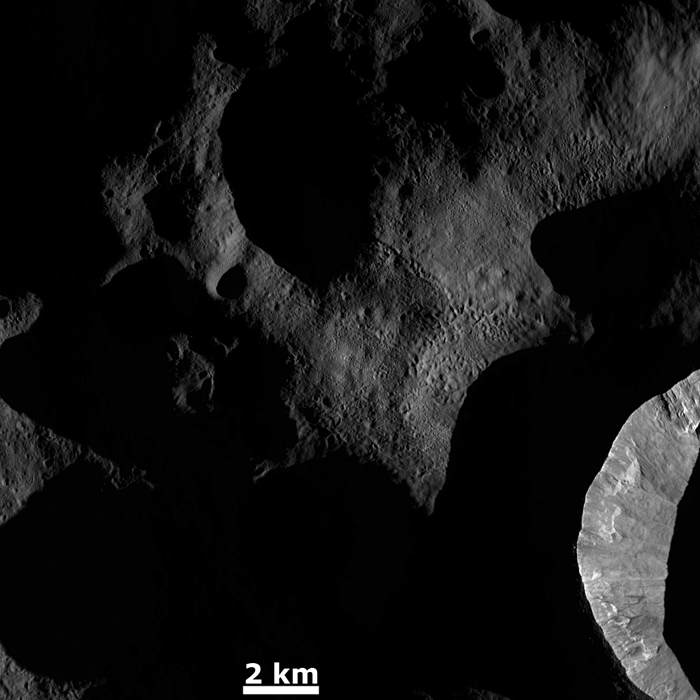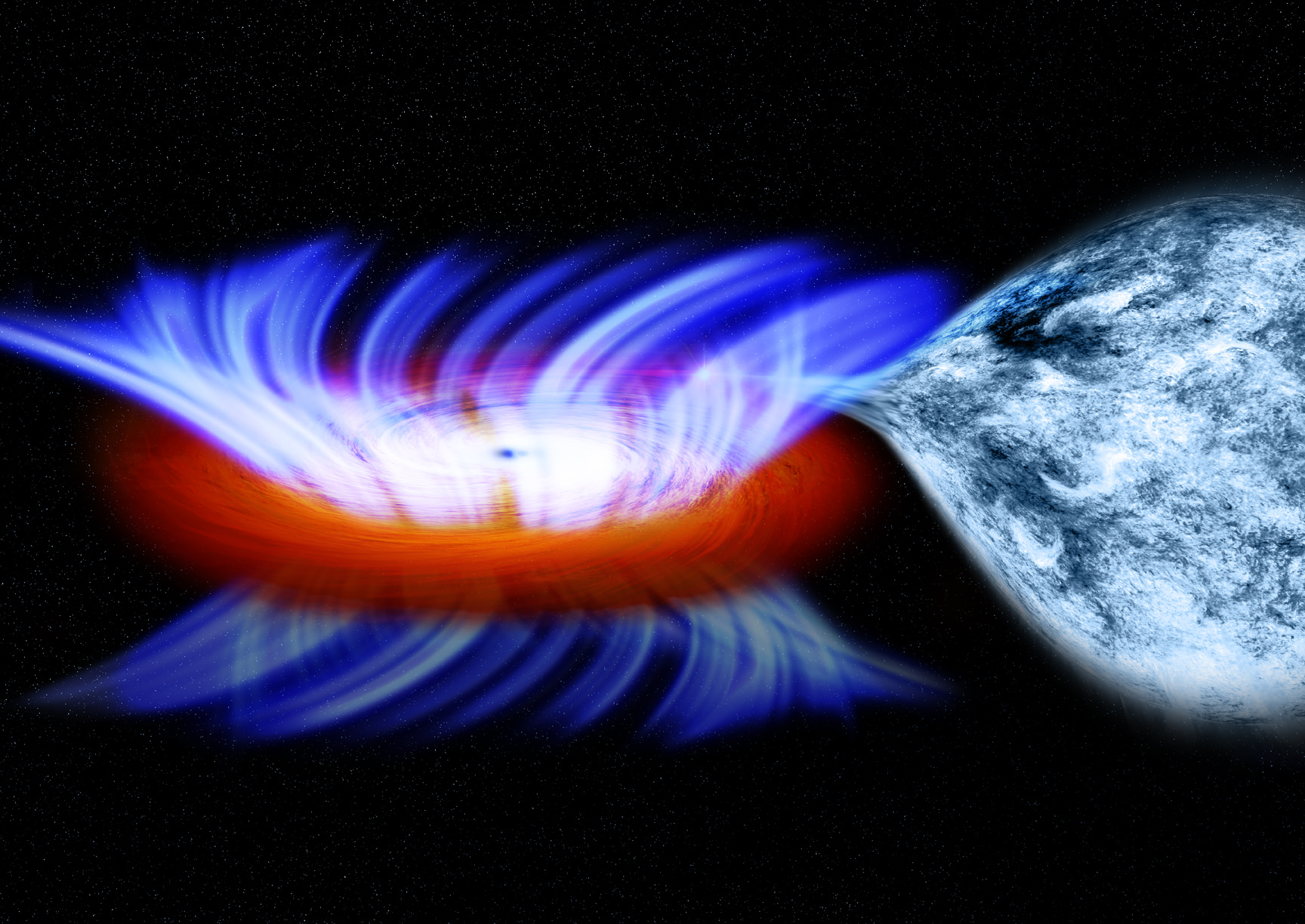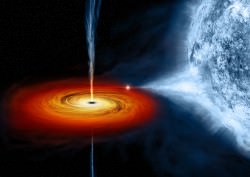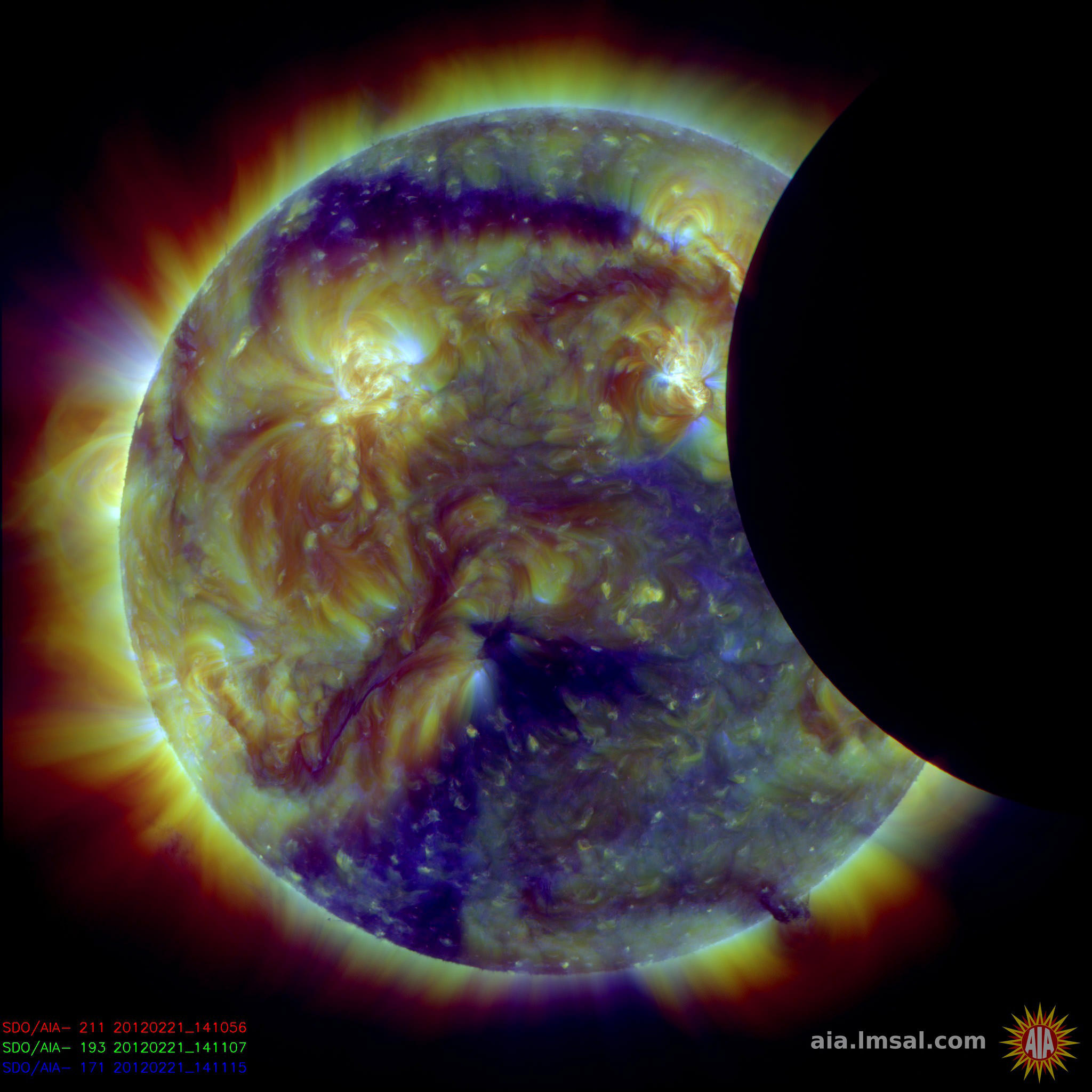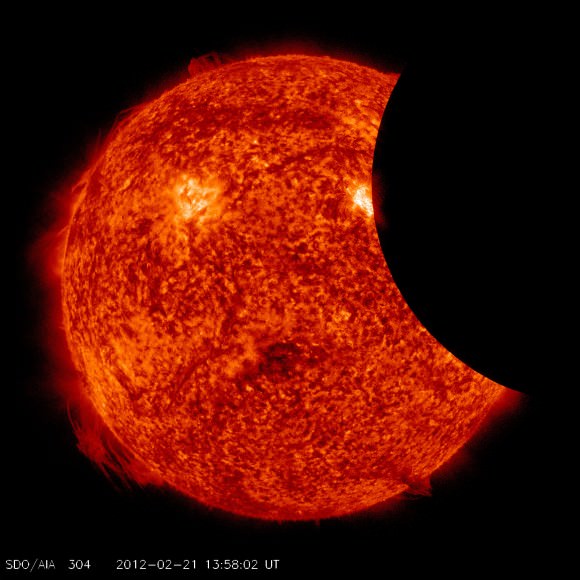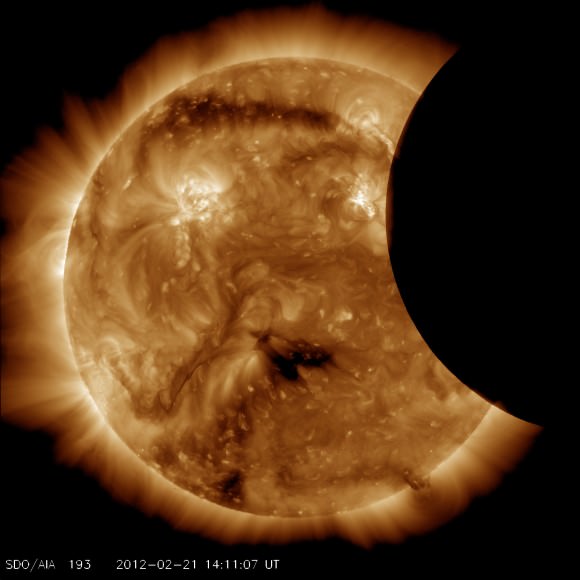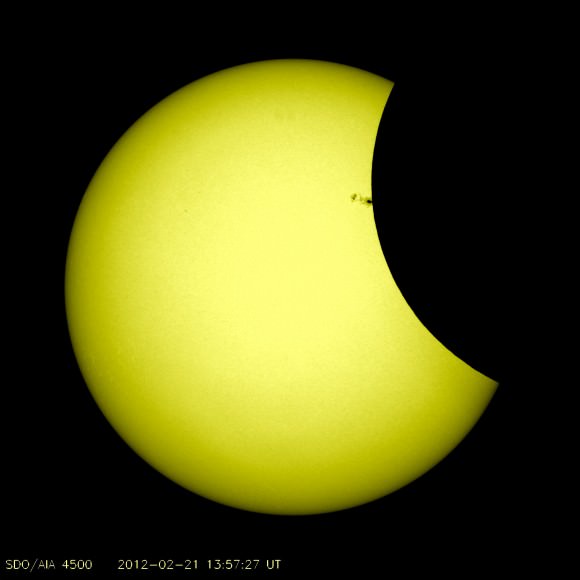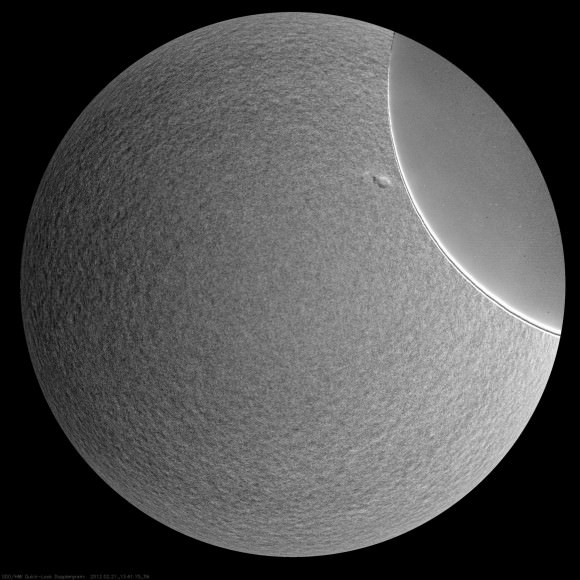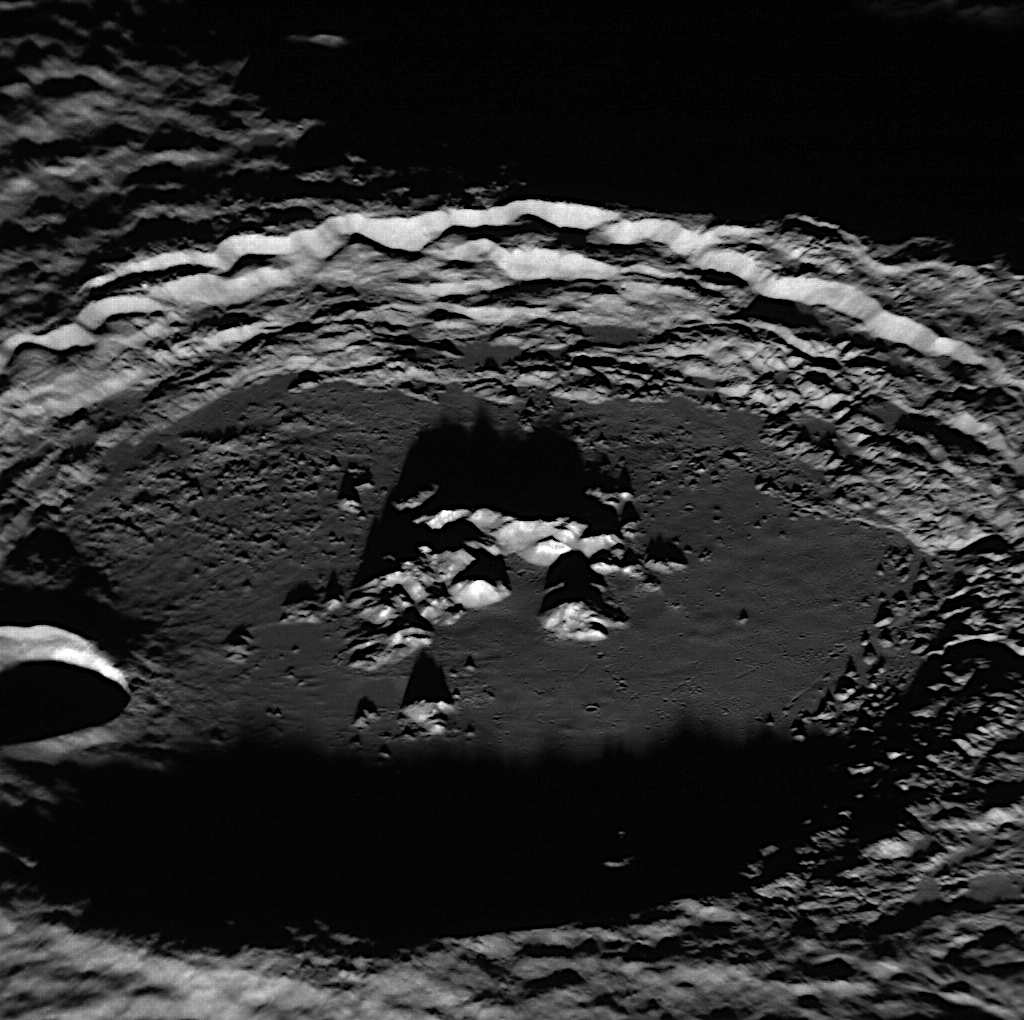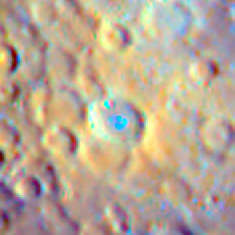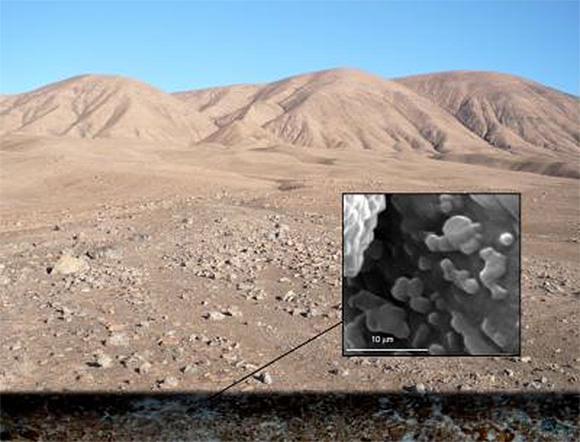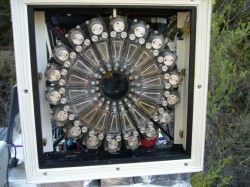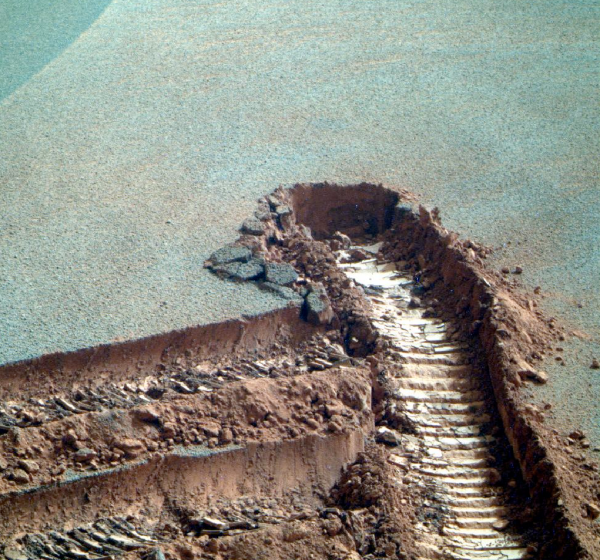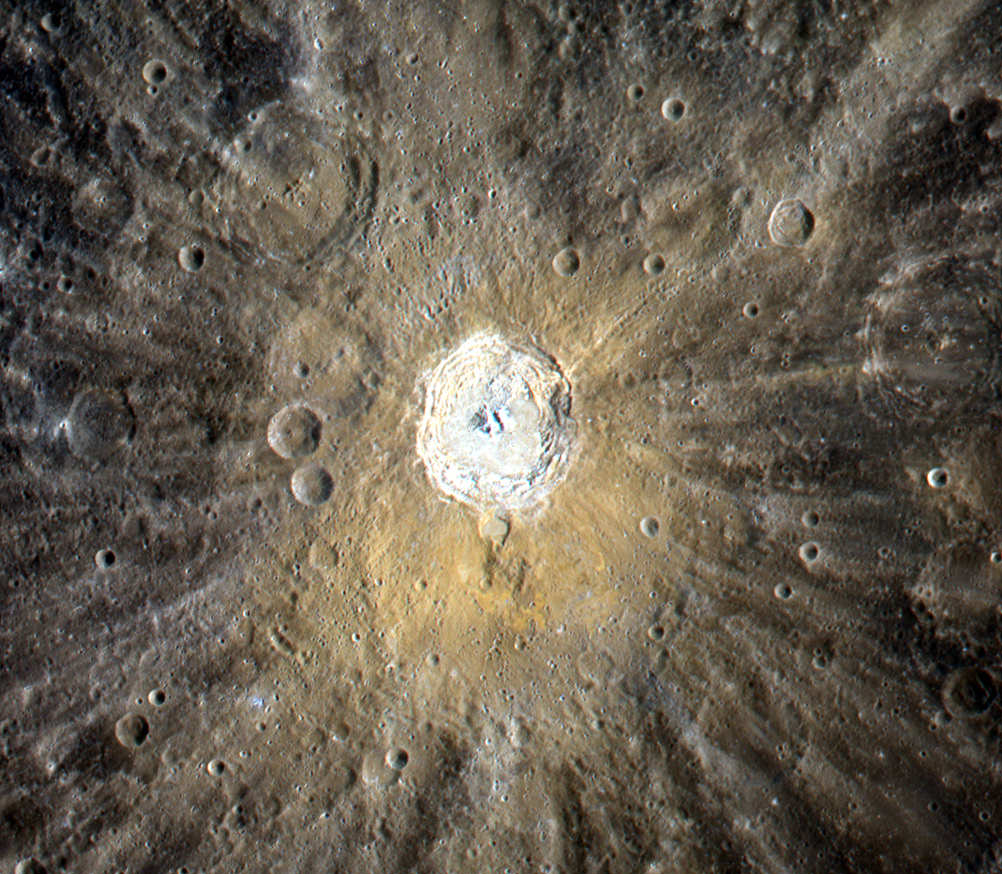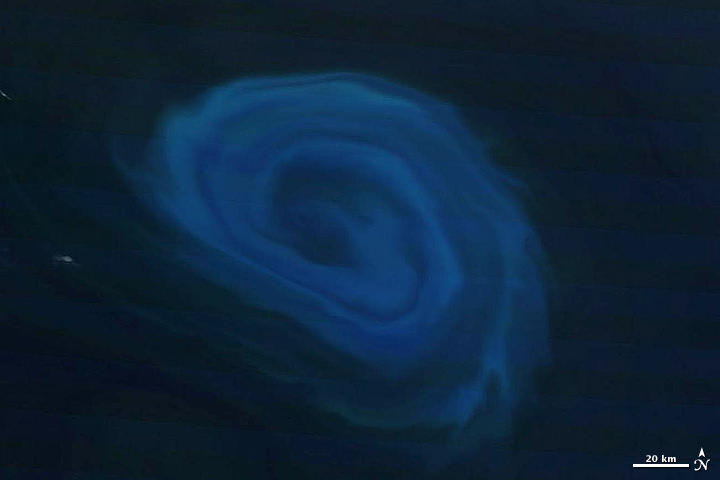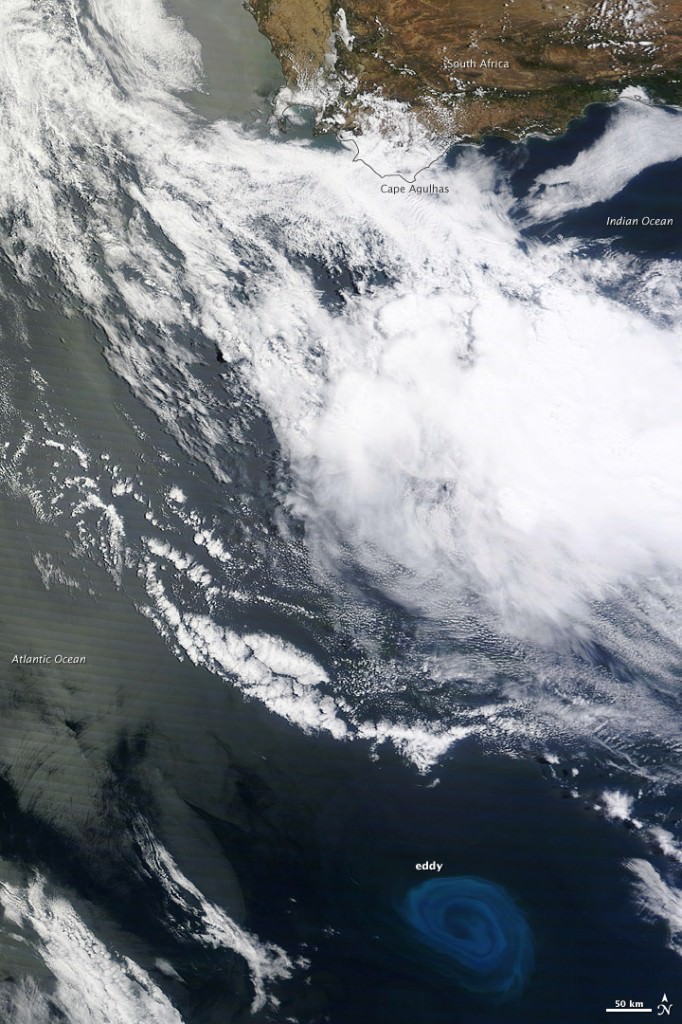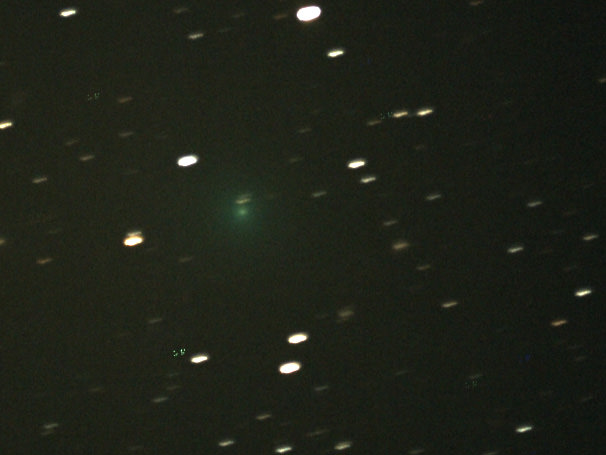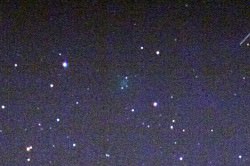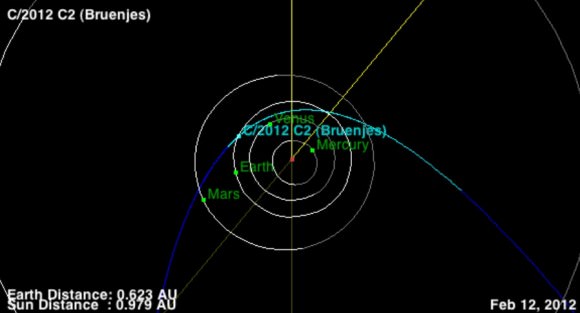[/caption]
You can shelf your designs for a warp drive engine (for now) and put the DeLorean back in the garage; it turns out neutrinos may not have broken any cosmic speed limits after all.
Ever since the news came out on September 22 of last year that a team of researchers in Italy had clocked neutrinos traveling faster than the speed of light, the physics world has been resounding with the potential implications of such a discovery — that is, if it were true. The speed of light has been a key component of the standard model of physics for over a century, an Einstein-established limit that particles (even tricky neutrinos) weren’t supposed to be able to break, not even a little.
Now, according to a breaking news article by Edwin Cartlidge on AAAS’ ScienceInsider, the neutrinos may be cleared of any speed violations.
“According to sources familiar with the experiment, the 60 nanoseconds discrepancy appears to come from a bad connection between a fiber optic cable that connects to the GPS receiver used to correct the timing of the neutrinos’ flight and an electronic card in a computer,” Cartlidge reported.
The original OPERA (Oscillation Project with Emulsion-tRacking Apparatus) experiment had a beam of neutrinos fired from CERN in Geneva, Switzerland, aimed at an underground detector array located 730 km away at the Gran Sasso facility, near L’Aquila, Italy. Researchers were surprised to discover the neutrinos arriving earlier than expected, by a difference of 60 nanoseconds. This would have meant the neutrinos had traveled faster than light speed to get there.
Repeated experiments at the facility revealed the same results. When the news was released, the findings seemed to be solid — from a methodological standpoint, anyway.
Shocked at their own results, the OPERA researchers were more than happy to have colleagues check their results, and welcomed other facilities to attempt the same experiment.
Repeated attempts may no longer be needed.
Once the aforementioned fiber optic cable was readjusted, it was found that the speed of data traveling through it matched the 60 nanosecond discrepancy initially attributed to the neutrinos. This could very well explain the subatomic particles’ apparent speed burst.
Case closed? Well… it is science, after all.
“New data,” Cartlidge added, “will be needed to confirm this hypothesis.”
See the original OPERA team paper here.
_______________________
UPDATE 2/22/12 11:48 pm EST: According to a more recent article on Nature’s newsblog, the Science Insider report erroneously attributed the 60 nanosecond discrepancy to loose fiber optic wiring from the GPS unit, based on inside “sources”. OPERA’s statement doesn’t specify as such, “saying instead that its two possible sources of error point in opposite directions and it is still working things out.”
OPERA’s official statement released today is as follows:
“The OPERA Collaboration, by continuing its campaign of verifications on the neutrino velocity measurement, has identified two issues that could significantly affect the reported result. The first one is linked to the oscillator used to produce the events time-stamps in between the GPS synchronizations. The second point is related to the connection of the optical fiber bringing the external GPS signal to the OPERA master clock.
These two issues can modify the neutrino time of flight in opposite directions. While continuing our investigations, in order to unambiguously quantify the effect on the observed result, the Collaboration is looking forward to performing a new measurement of the neutrino velocity as soon as a new bunched beam will be available in 2012. An extensive report on the above mentioned verifications and results will be shortly made available to the scientific committees and agencies.” (via Nature newsblog.)

